

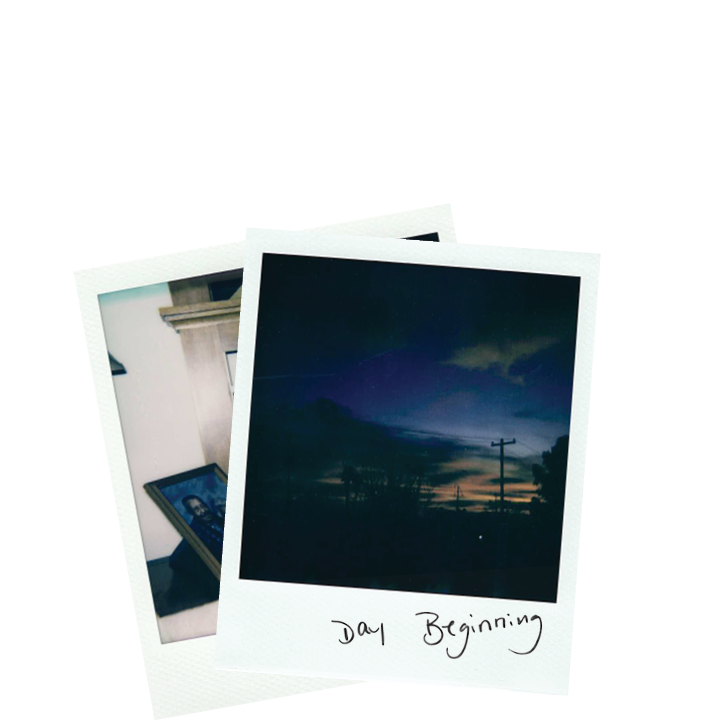
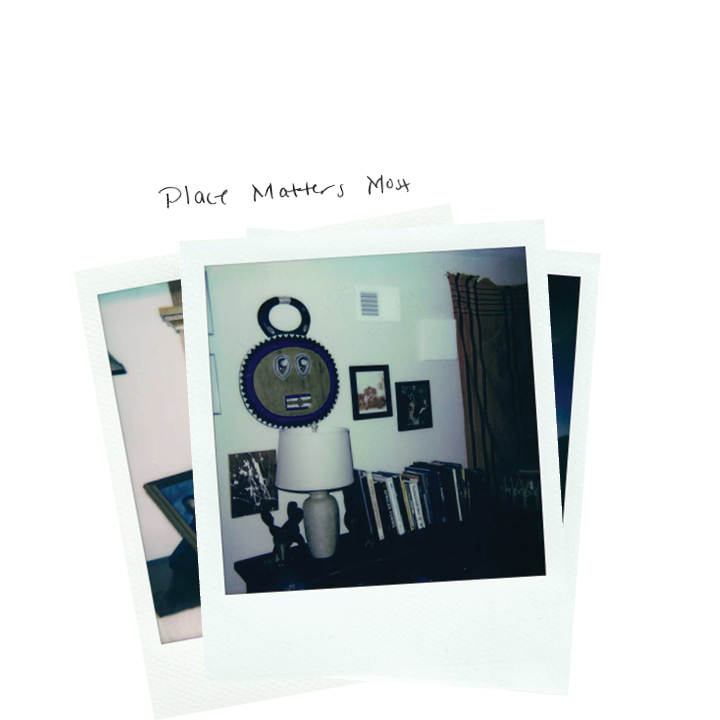
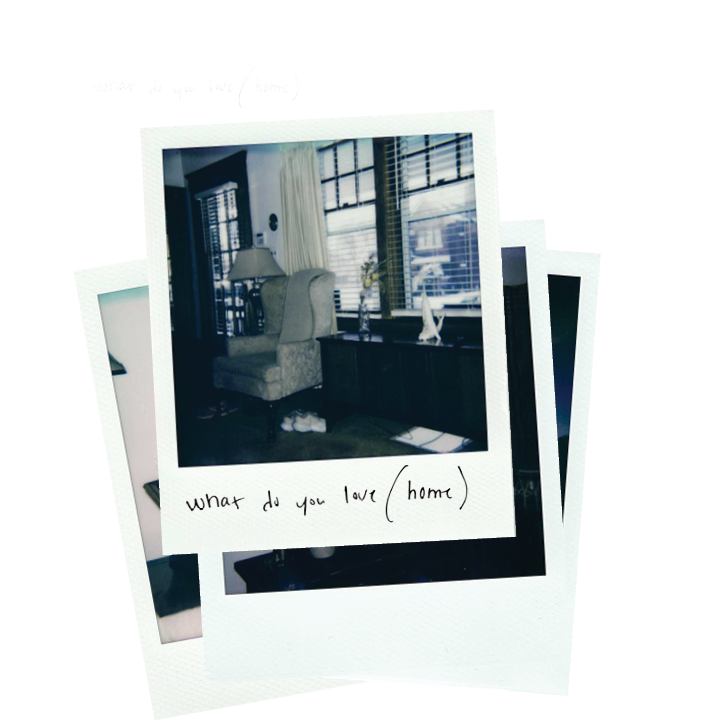
Nominations for the prestigious award were gathered from twelve curators from across the country. Working in a variety of fields—from public art commissions to contemporary craft to performance—these esteemed curators are celebrated for their boundary-pushing work and deep relationships with artists.

Photo credit: Azikiwe Mohammed
Jennifer Harge (b. 1986, Saginaw, MI) is a choreographer, performance artist, and educator. Since 2014, she has developed her work almost exclusively in Detroit, creating performances, films, installations, artist residencies, and community fellowship gatherings that critically engage the interior, geographic, and metaphysical worlds of Black life. Harge’s creative practice has been nationally recognized as a critical model for collaborative and community-focused artistic processes, and her urgent and innovative approaches to artmaking have garnered commissions from the Wexner Center for the Arts, Museum of Contemporary Art Detroit, Museum of Contemporary Chicago, and Pulitzer Arts Foundation, where she has presented notable works on embodied liberation, spiritual labor, and Black women’s knowledge production.
Harge is currently the inaugural Salt Roads Artist Fellow in the Department of Black Study at the University of California, Riverside; recently, she was also the Alma Hawkins Visiting Memorial Chair in Dance at UCLA and a Visiting Scholar at the Center for Experimental Ethnography at the University of Pennsylvania where she taught courses on Black Feminist Thought and Performance Composition. Harge holds an MFA from the University of Iowa (Dean’s Graduate Fellow) and a BFA from the University of Michigan.
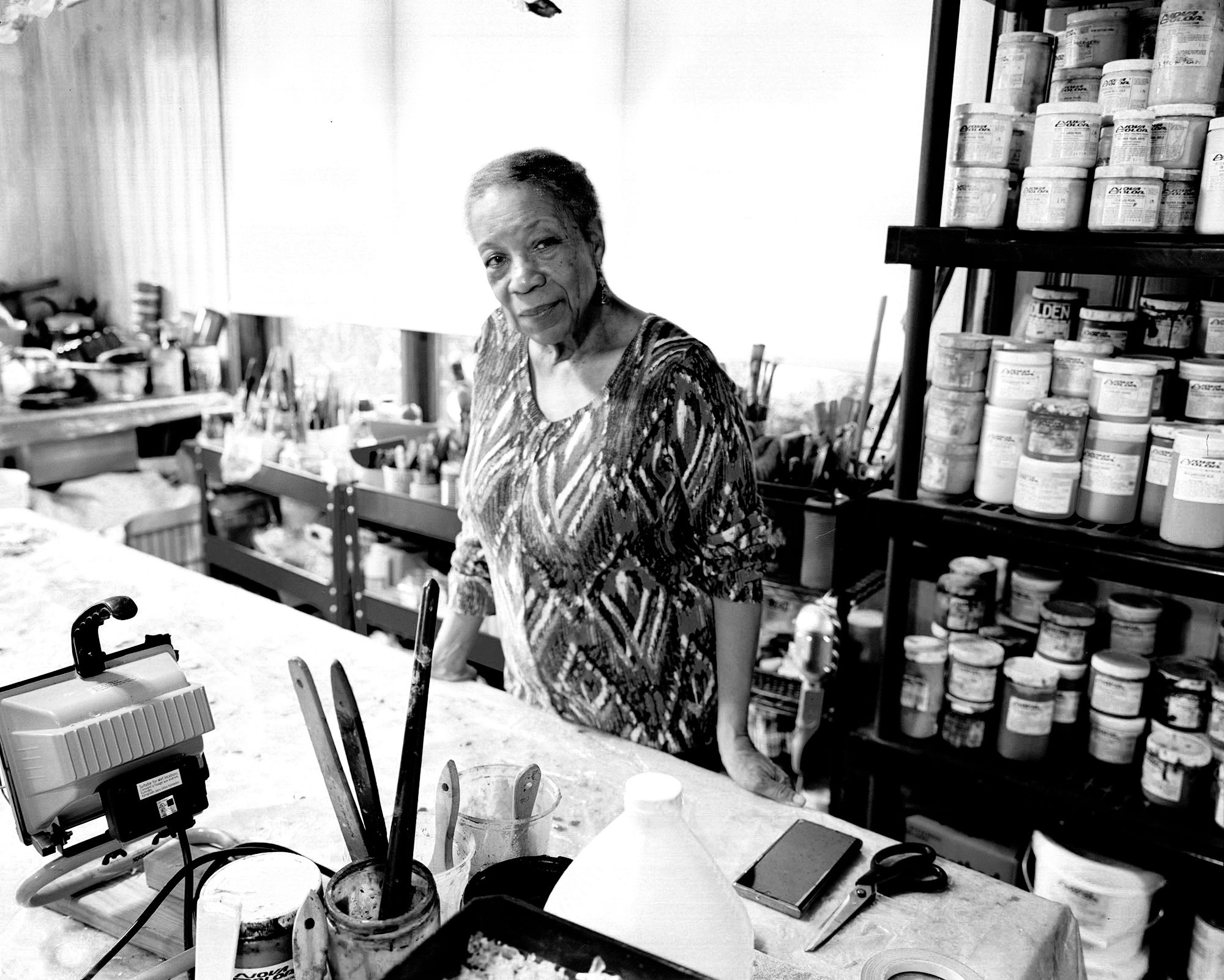
Photo credit: Azikiwe Mohammed
Suzanne Jackson (b. 1944, St. Louis, MO) lives and works between Savannah, Georgia and St. Remy, New York. For nearly five decades, the artist has experimented across a multitude of genres including drawing, painting, printmaking, bookmaking, poetry, dance, theater and costume design. Her dimensional painting process is beloved for its luminous layers, with a focus on light, color, and texture. Throughout her career, Jackson has been a significant community leader, fostering artistic communities through her involvement in artist-run spaces as hubs of collaboration into the present. She founded Gallery 32 in Los Angeles from 1968 to 1970, which served as an early meaningful platform for artists like Senga Negundi and David Hammons. Later relocating to the South, Jackson taught at the Savannah College of Art and Design and continues to play a vital role in the local arts community.
Her work was recently featured in the 2024 Whitney Biennial, Even Better Than the Real Thing. The artist will have her first major retrospective from 2025 to 2026, organized by SFMOMA and the Walker Art Center and traveling to the MFA Boston. In 2023, the artist established the Suzanne Fitzallen Jackson Foundation (SFJF), an artist foundation dedicated to providing fully-supported residencies for emerging and mid-career artists, particularly those underrepresented from the South. The foundation is based in her beloved Savannah home, where she has lived and worked for nearly three decades. Jackson holds an MFA in theatre design from Yale University and a BA from San Francisco State University, and is represented by Ortuzar, New York.

Photo credit: Azikiwe Mohammed
Carlos Motta’s (b. 1978, Bogotá, Colombia) multidisciplinary art practice engages social conditions and struggles related to issues of sexuality, gender, politics, and religion. He works in collaboration with scholars, activists, artists, and performers around the world to build counter-narratives and challenge normative identity politics. Supported by in-depth historical research, Motta’s work manifests in a variety of mediums including video, installation, sculpture, drawing, web-based projects, performance, and symposia. In many of his participatory works, the artist acts as facilitator, offering others a space and structure to build dynamic politics of resistance. A past Guggenheim Fellow, Motta was also awarded the Artist Impact Initiative x Creative Time R&D Fellowship in 2023.
His art is featured in the permanent collections of the Metropolitan Museum of Art, Museum of Modern Art, Guggenheim Museum, Museo Reina Sofia and Centre Georges Pompidou, among others. He will have a mid-career survey exhibition at the Museu d’Art Contemporani de Barcelona (MACBA) in 2025. Motta holds an MFA from Bard College and participated in the Whitney Museum of American Art’s Independent Study Program. The artist lives in New York and is a professor of interdisciplinary practice at Pratt Institute; his work is represented by P.P.O.W Gallery, New York.
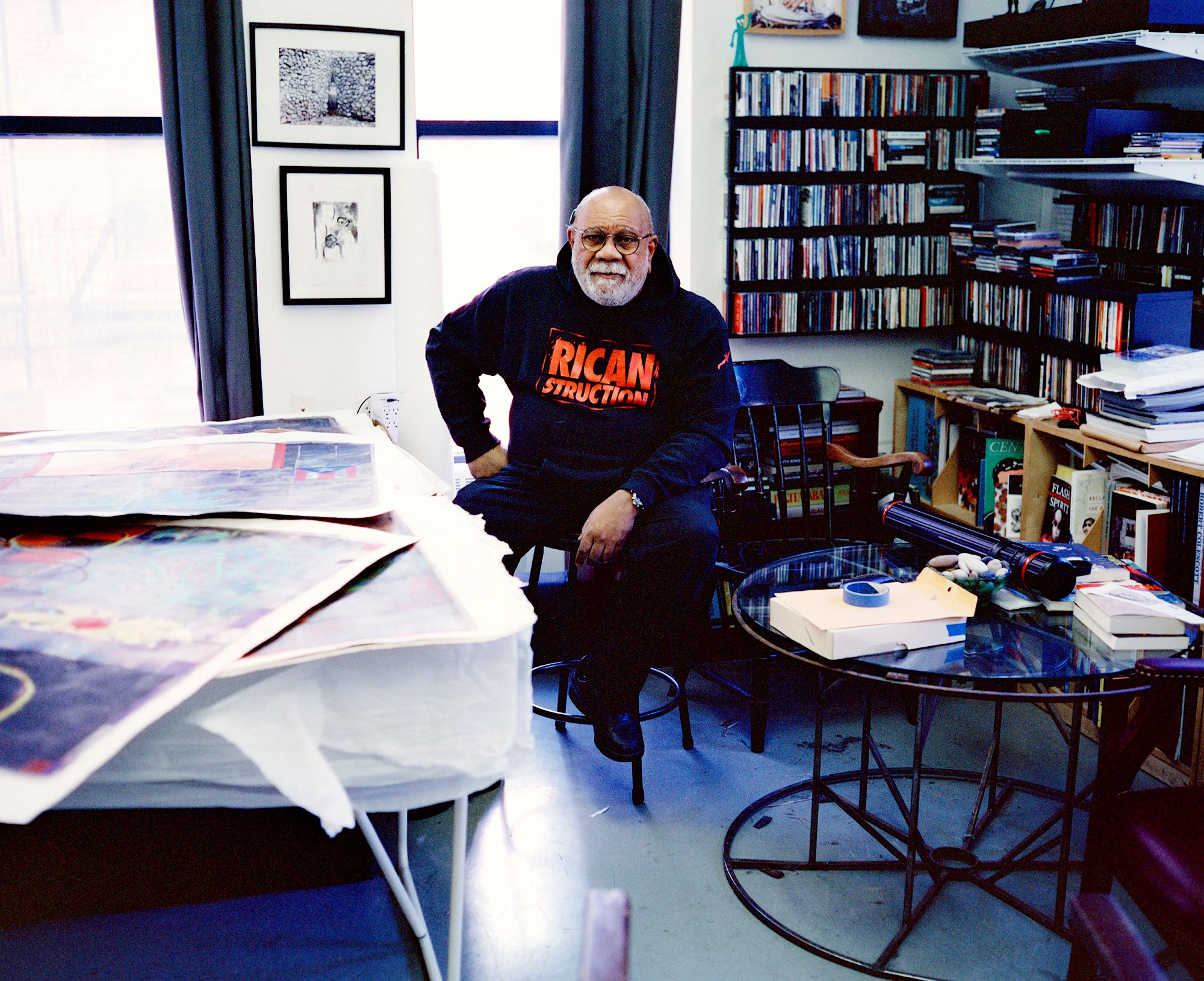
Photo credit: Azikiwe Mohammed
An influential Nuyorican visual artist, teacher, writer and curator, Juan Sánchez’s (b. 1954, Brooklyn, NY) work explores questions of ethnic, racial, and national identity. Sánchez was born and raised in Brooklyn and is best known for producing mixed media works—often including media clippings and found objects—that address issues of Puerto Rican life in the U.S. and on the island. His multimedia practice incorporates painting, printmaking, photography, and time-based media with a consistent focus on communities, families, and both personal and political histories. In 2021, Sánchez was awarded the Latinx Artist Fellowship, a prize administered by the US Latinx Art Forum in collaboration with the New York Foundation for the Arts and supported by the Mellon Foundation and the Ford Foundation.
His art is featured in the permanent collections of the Metropolitan Museum of Art, Whitney Museum of American Art, Museum of Modern Art, El Museo del Barrio, and The Smithsonian Museum of American Art, among others. Sánchez holds an MFA from Rutgers University and a BFA from Cooper Union. The artist lives and works in New York; he is also a longtime professor of painting, photography and combined media at Hunter College. His work is represented by Hutchinson Modern & Contemporary, New York.
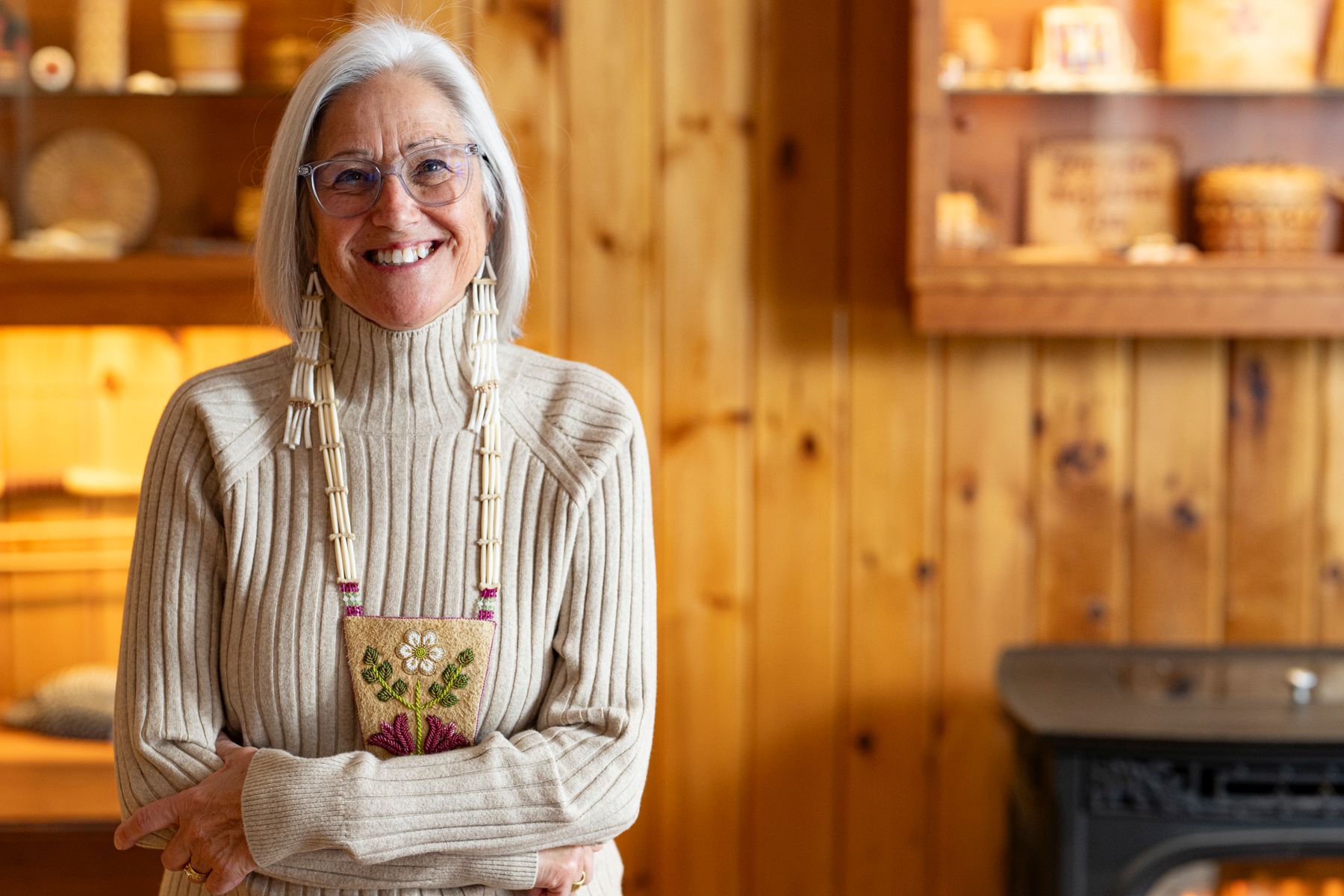
Photo credit: Séan Alonzo Harris
Theresa Secord (b. 1958, Portland, ME) is a traditional Penobscot basket maker and the founding director of the Maine Indian Basketmakers Alliance (MIBA). After earning a Master’s degree in geology and working for an oil company in the early 1980s, she returned to Maine to work for her tribe, heading up a mineral assessment program on 300,000 acres of Penobscot and Passamaquoddy lands. Soon after, Secord learned to weave on Indian Island—the village where her mother was born—from an elder in the community, Madeline Tomer Shay. She has won a number of awards for her artistry and community work, including the Best of Basketry in the Santa Fe Indian Market, a National Heritage Fellowship from the National Endowment for the Arts and an honorary doctorate from Colby College in Maine. Secord was also the first U.S. citizen to receive the Prize for Creativity in Rural Life, awarded by the Women’s World Summit Foundation at the United Nations in Geneva, Switzerland.
Her work is featured in private collections and museums across the nation, including recent acquisitions by the Metropolitan Museum of Art and the Art Institute of Chicago. During her 21 years of leadership, MIBA was credited with saving the endangered art of ash and sweet grass basketry in the Maliseet, Micmac, Passamaquoddy and Penobscot tribes. She lives and works in Maine, where she is teaching apprentices to ensure the basketry tradition continues.
Robert M. and Ruth L. Halperin Associate Curator of Modern and Contemporary Art, Cantor Arts Center, Stanford University
Leonard A. Lauder Curator, The Metropolitan Museum of Art
Deputy Director and Chief Curator, Performing Arts, Roy and Edna Disney CalArts Theater (REDCAT), California Institute of the Arts
Associate Curator, Cleveland Museum of Art
Ronald C. and Anita L. Wornick Curator of Contemporary Decorative Arts, Museum of Fine Arts, Boston
Curator, Carnegie Museum of Art
Artistic Director, Malashock Dance
Sydney and Frances Lewis Family Curator of Modern and Contemporary Art, Virginia Museum of Fine Arts
Curator, Modern Art Museum of Fort Worth
Gabriele Haberland Director, Madison Museum of Contemporary Art
Former Artistic Director, Madison Square Park Conservancy
Curator-in-Residence, Theater & Dance, Curtis R. Priem Experimental Media and Performing Arts Center (EMPAC), Rensselaer Polytechnic Institute
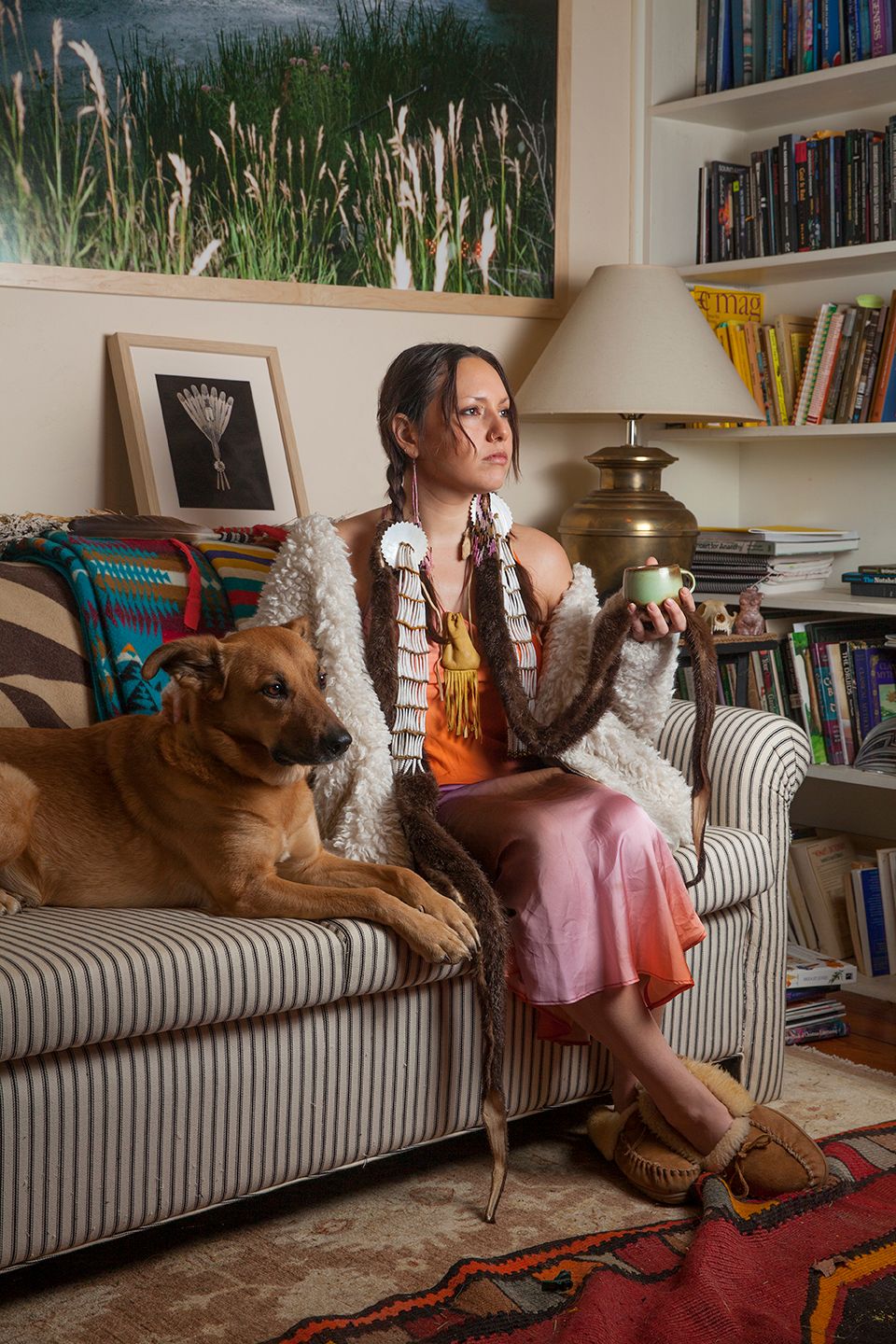
Photo: Thatcher Keats
Dr. Suzanne Kite is an Oglála Lakȟóta artist, academic, and composer. She received a BFA in Fine Art and Composition from the California Institute of the Arts in 2013, an MFA in Fine Art and Music/Sound from the Milton Avery Graduate School of Fine Arts at Bard College in 2018, and is currently a PhD candidate in Fine Art at Concordia University. Fusing scholarship with creative practice, Kite explores Lakȟóta mythologies, ontologies, and philosophies, alongside computational systems, machine learning, and AI—investigating the complex dynamics between the individual and technology through sound, video, sculpture, performance, installation, writing, and countless other modes of expression.
Kite has had recent solo exhibitions and film retrospectives at CARA, New York; the Fisher Center, Bard University; LightWorks, Syracuse University; the Vera List Center, New York; Broadway Gallery, New York; and Anthology Film Archives, New York; among others.
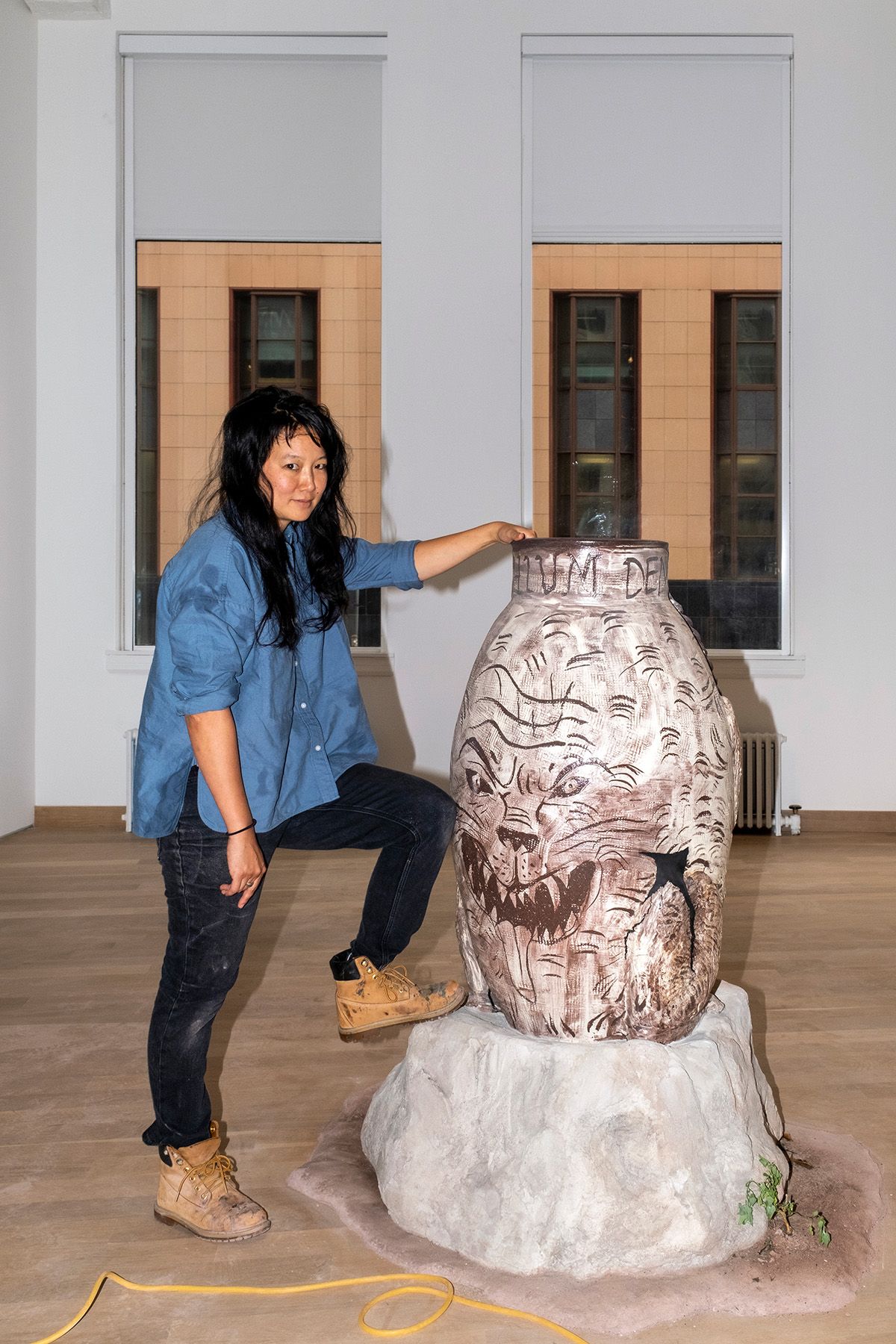
Photo:Jason Lewis, courtesy of Candice Lin and François Ghebaly Gallery
Candice Lin is a multidisciplinary artist living and working in Altadena, California. She received a BA in Visual Arts and Semiotics from Brown University in 2001 and an MFA in New Genres from the San Francisco Art Institute in 2004. Working with a vast array of organic and synthetic materials, Lin creates elaborate installations that probe subjects ranging from the consequences of colonization to fictions of authenticity and value systems established by global trade.
Lin has had recent exhibitions at Canal Projects, New York; Galleria d’Arte Moderna, Milan; the Berkeley Art Museum & Pacific Film Archive; Spike Island, Bristol; the Carpenter Center for Visual Arts, Harvard University; and the Walker Art Center, Minneapolis; among others. Her work is in public collections including the Los Angeles County Museum of Art; The Museum of Contemporary Art, Los Angeles; the Solomon R. Guggenheim Museum, New York; and the Walker Art Center.
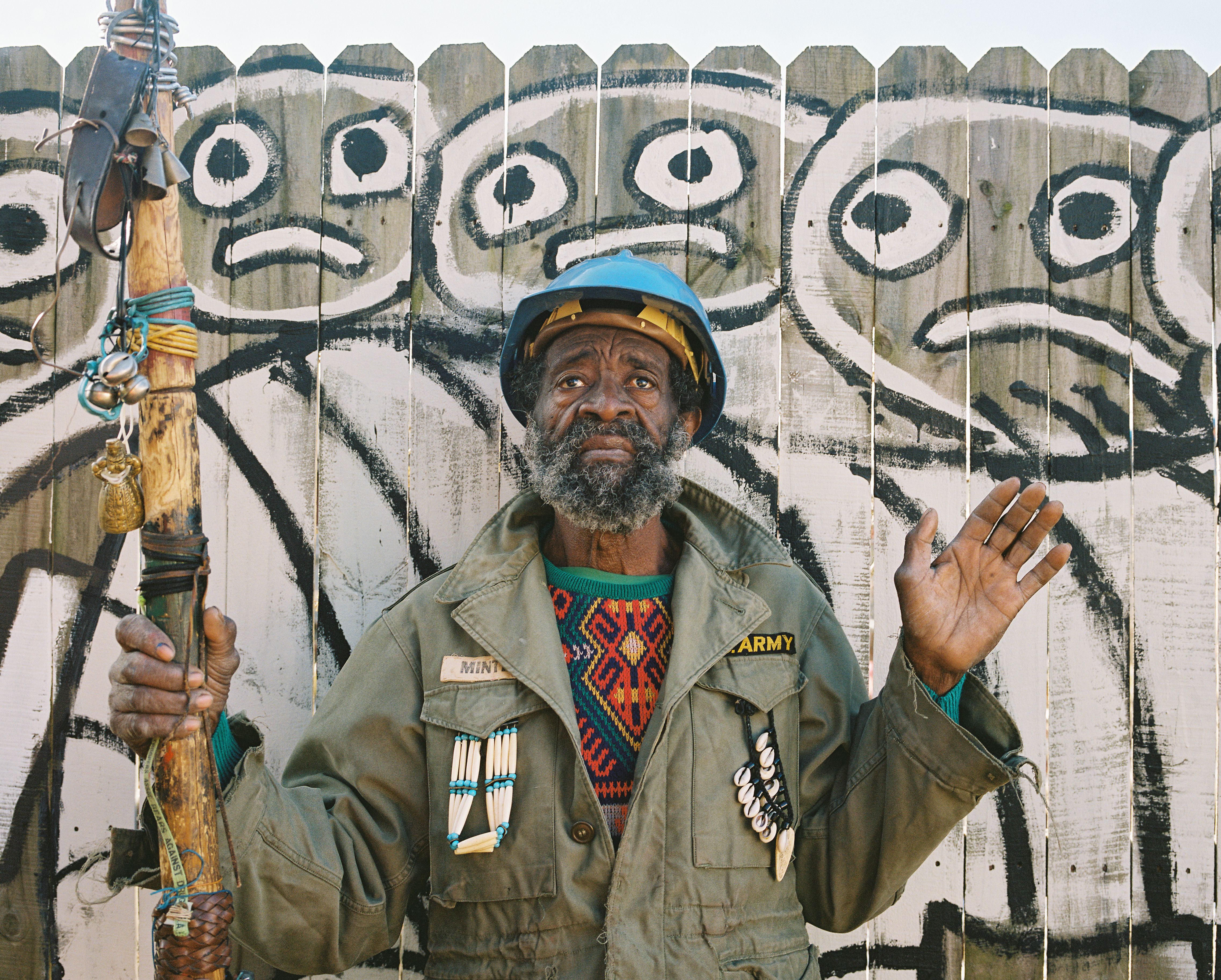
Photo: Viva Vadim
Joe Minter is an artist and cultural historian living in the Titusville neighborhood of Birmingham, surrounded by his magnum opus, a sprawling didactic artwork that he has dubbed the African Village in America. Built on land adjacent to both his home and the Shadow Lawn Memorial Gardens, a historically Black cemetery, the environment is constructed almost entirely from discarded elements, a direct symbolic gesture reflecting his belief that African Americans have themselves been discarded throughout American history.
Minter began work on the African Village in America in the summer of 1989, in response to an announcement that the city of Birmingham was planning to build a civil rights museum. He worried that the “foot soldiers” would be left out of the official narrative and got to work making a literal place for them. Individual artworks document the Civil Rights Movement, the 1963 bombing of the 16th Street Baptist Church, American participation in various wars and conflicts, terrorist attacks, and the legacies of slavery.
There are, of course, moments of respite from the turmoil of the modern world with an implicit honoring of ancestors, loved ones, faith, and an essential acknowledgement of the power of love. Minter’s artistic education was obtained through years spent doing metal work and construction which afforded him the knowledge and practical experience needed to create the thousands of artworks that populate his environment’s ever-expanding site and increasingly, museums across the globe including the Metropolitan Museum of Art, New York, the Whitney Museum of American Art, New York, the National Gallery of Art, Washington, D.C., the Smithsonian American Art Museum, Washington, D.C., among others.

Photo: Kate Russell
Rose B. Simpson is a mixed-media artist living and working in Santa Clara Pueblo, New Mexico. She received a BFA from the Institute of American Indian Arts in 2007, an MFA in Ceramics from the Rhode Island School of Design in 2011, and an MFA in Creative Non-Fiction from the Institute of American Indian Arts in 2018. Creating ceramic sculpture, metalwork, performance, music, installation, writing, and car design, Simpson expresses the individual and socio-political impacts of a postmodern and postcolonial world.
Through her work, she conjures the multigenerational, matrilineal, and Indigenous realms of her experience to explore self, family, gender, and the intersection of the organic and manufactured.
Simpson has had recent solo exhibitions at Jessica Silverman Gallery, San Francisco; Jack Shainman Gallery, New York; the Whitney Museum of American Art, New York; John Micahel Kohler Arts Center, Sheboygan; the Fabric Workshop Museum, Philadelphia; and the Institute of Contemporary Art, Boston; among others. Her work is in public collections including the Albright-Knox Art Gallery, Buffalo; the Baltimore Museum of Art; the Hirshhorn Museum and Sculpture Garden, Washington, D.C.; The Metropolitan Museum of Art, New York; the San Francisco Museum of Modern Art; and the Solomon R. Guggenheim Museum, New York.